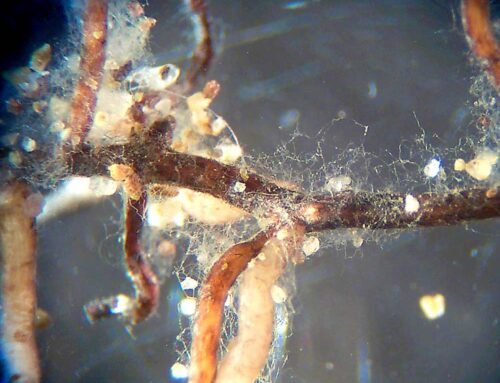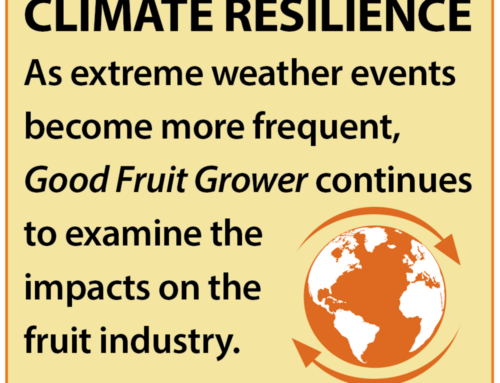
Rob Blakey
Postharvest management is complex and multi-faceted, and companies face potential losses in the millions of dollars if wrong decisions are made.
Food losses — those that include edible human food lost at postharvest and not consumed for any reason — for fruit and vegetables are well more than 50 percent around the world. The United Nations’ Food and Agriculture Organization (FAO) estimates that food losses for fruit and vegetables in North America is 66 percent!
Most of these losses come during production, distribution and at the consumer level, with only 6 percent occurring during postharvest handling, storage and packaging.
These numbers don’t provide a full picture; produce moves through a value chain, and post-packing losses can be due to inferior handling, storage and packing practices. An apple with internal browning or a mealy pear is not a consumer issue, it is a postharvest issue.
Consumers buy with their eyes and expect to have a good eating experience, but they don’t always get one.
A recent article on Honeycrisp eating quality by Ines Hanrahan and Mackenzie Perrault of the Washington Tree Fruit Research Commission (bit.ly/honeycrisp-eating) serves as a good example: surveyed fruit looked visually appealing, but eating quality was variable in spring and summer and was frequently not good eating quality. This consumer dissatisfaction increases food loss and, importantly, reduces repeat purchases.
Register for Postharvest Fruit School
For the agenda, more information and to register for the Postharvest Fruit School, visit treefruit.wsu.edu/postharvest-fruit-school-2018
The Washington fruit industry faces significant challenges. Labor shortages, seasonal variation, longterm organic storage, Honeycrisp management, fungicide resistance, management of new cultivars, food safety and quality management at retail level are just a few.
More than a decade ago, Adel Kader of the University of California presented a seminal piece at the fifth International Postharvest Symposium in Italy, where he urged postharvest horticulturists to coordinate with production, marketing economists, engineers, food technologists and other stakeholders in the value chain to address postharvest losses.
These professionals working together are most likely able to find solutions to problems by applying existing technology at a scale appropriate to their business — in other words, postharvest research needs more extension services.
With this in mind, Washington State University Tree Fruit Extension is hosting a Postharvest Fruit School on March 20-22 in two Washington locations, Wenatchee and Prosser.
A berry session will also be streamed to Lynden, Washington, on March 21. Presentations will be live-streamed between locations with local, national and international experts to facilitate interaction with attendees at both locations.
The first day of the workshop will be focused on postharvest principles, engineering, food safety and pathology.
The next day has concurrent sessions for apples and berries in the morning and cherries and pears in the afternoon to address crop-specific problems. Warehouse tours are scheduled for the third day. Attendees at the Prosser venue will tour warehouses in Yakima.
Thanks to very generous industry support, the cost of the fruit school is a small fraction of the cost of postharvest courses offered at other universities and provides a deep dive into tree fruit and berries. Space is limited at both locations, and especially for the tours, so we encourage you to book early. •
Rob Blakey, Ph.D., is formerly a postharvest extension specialist at Washington State University and now works for Stemilt Growers in Wenatchee, Washington.






Leave A Comment